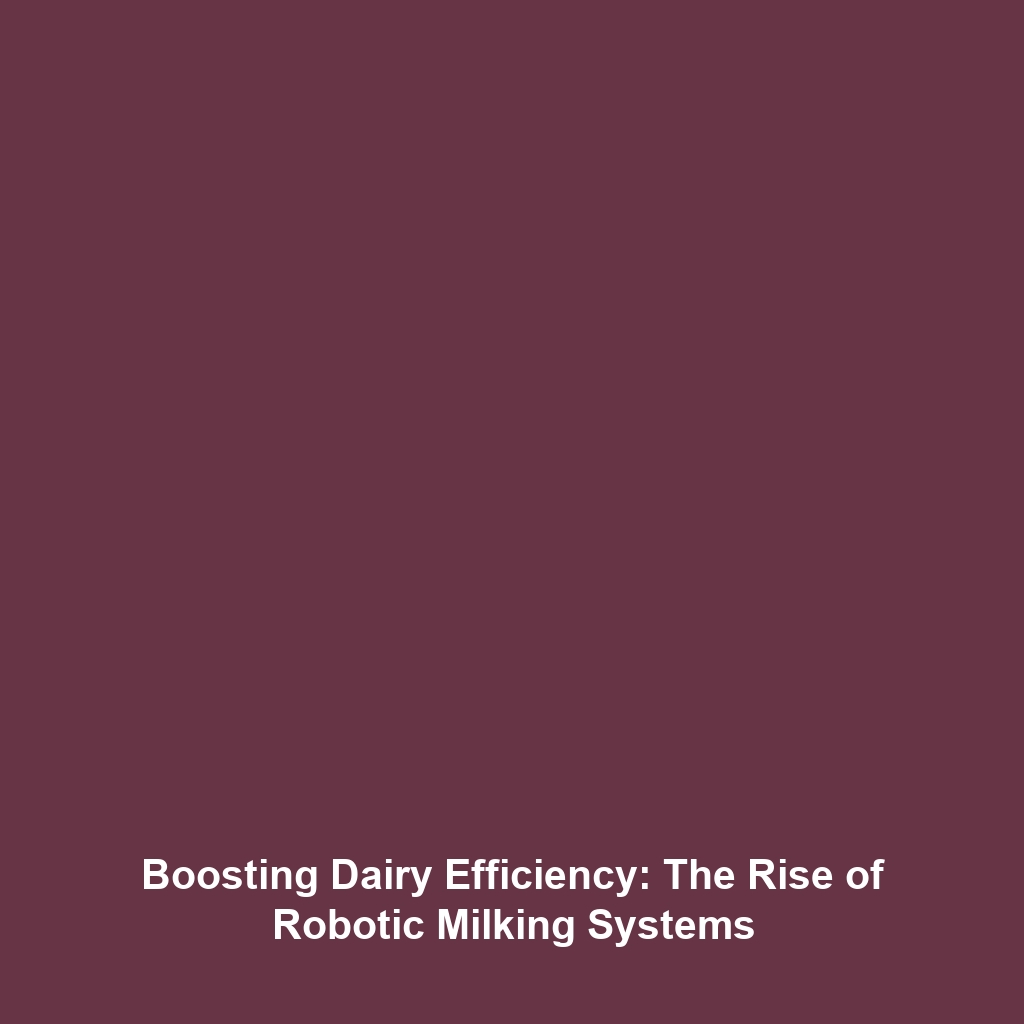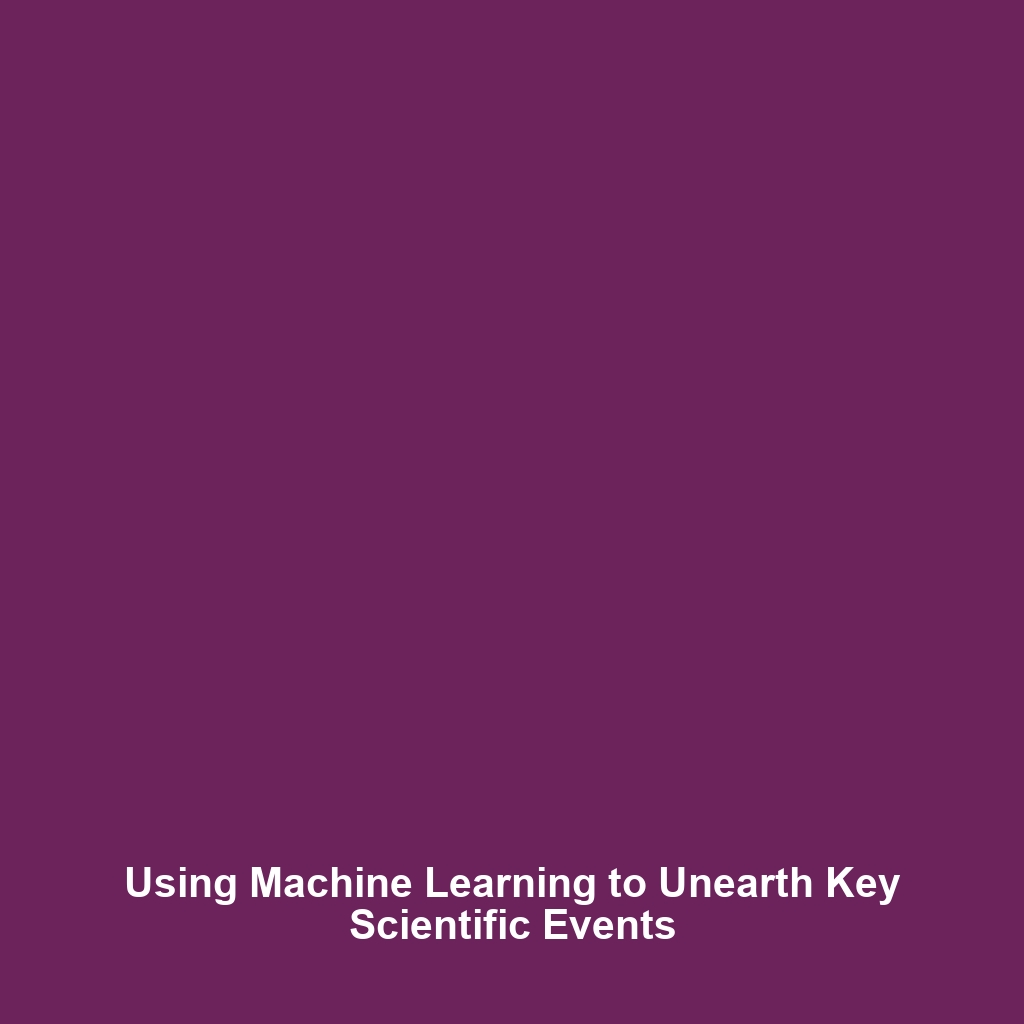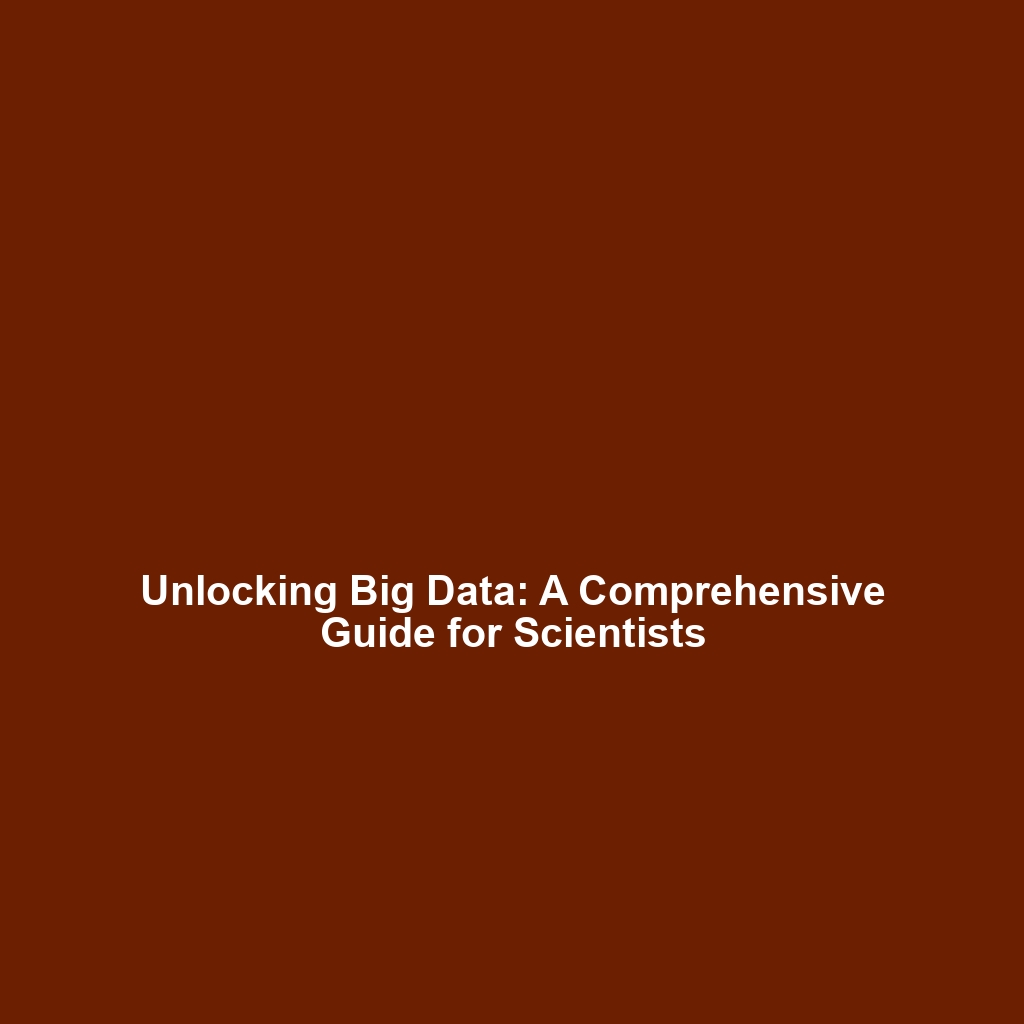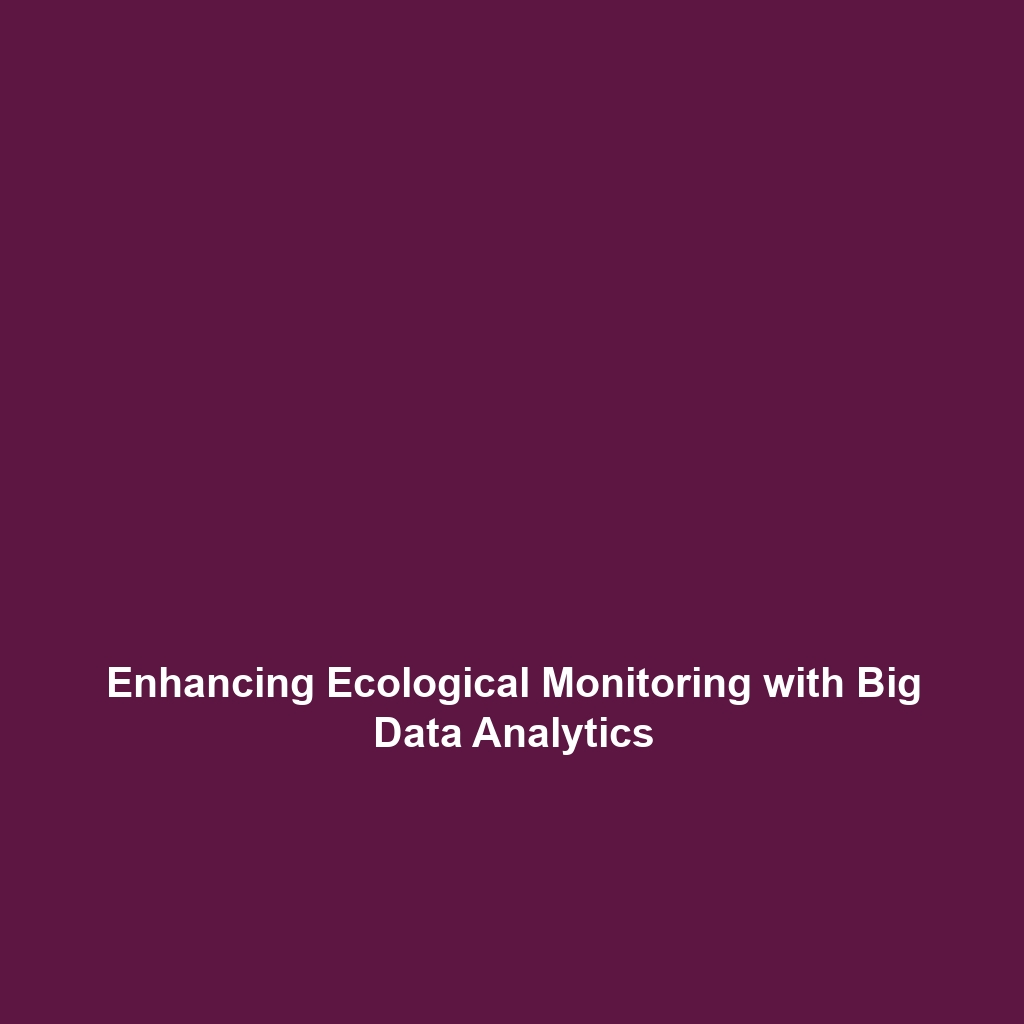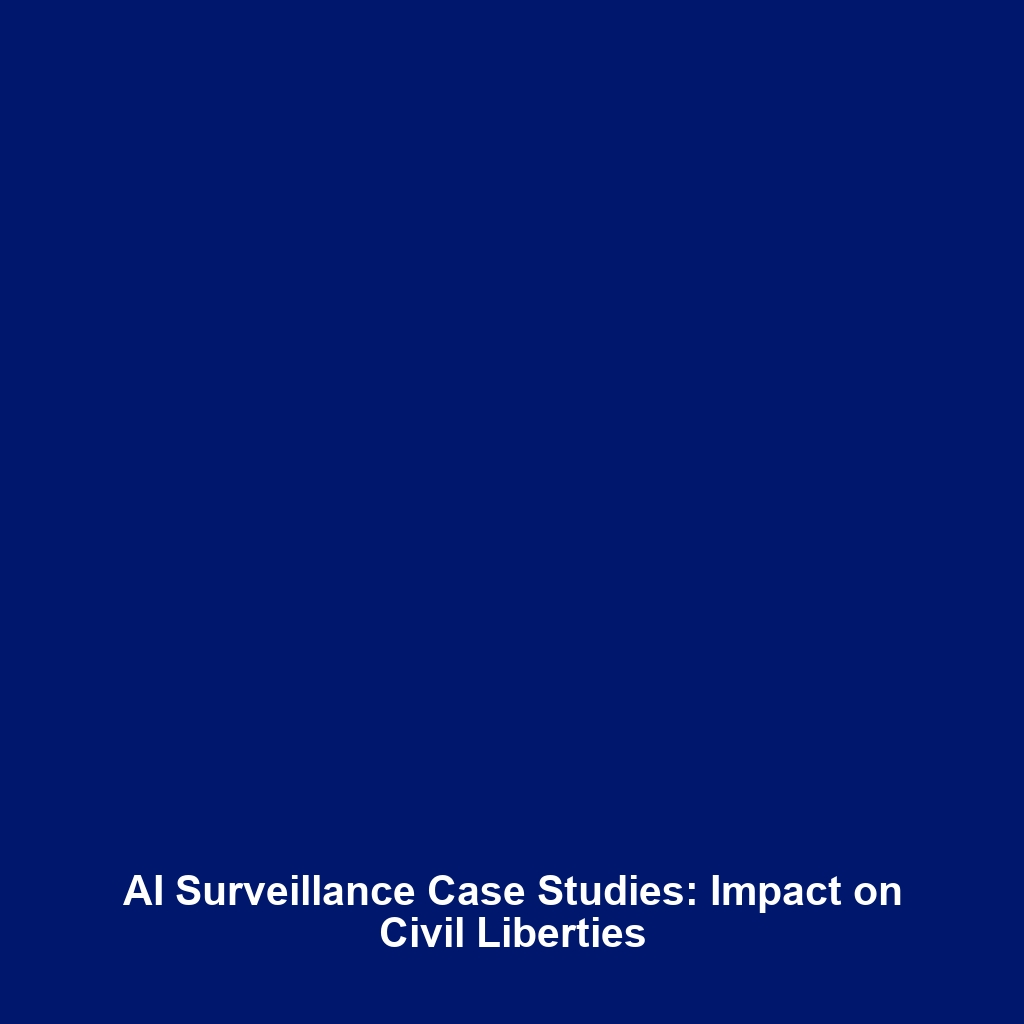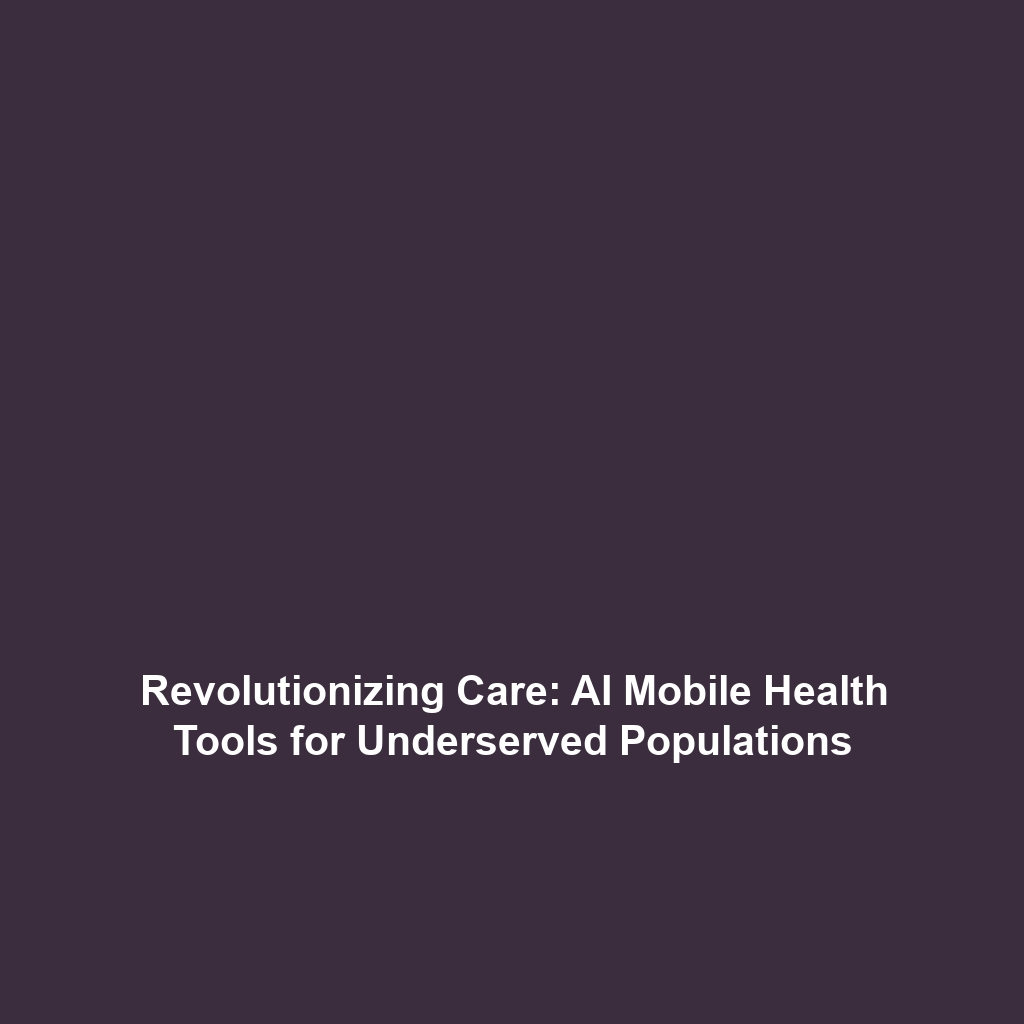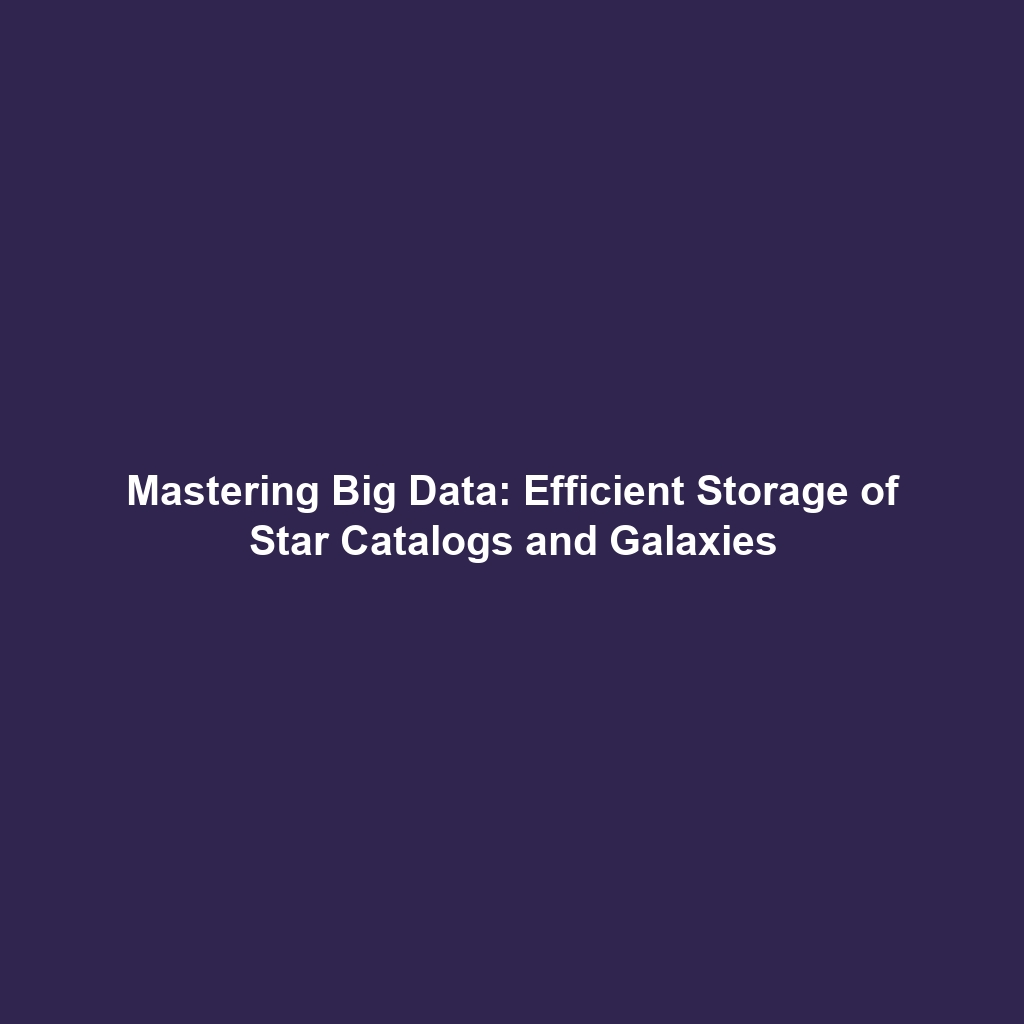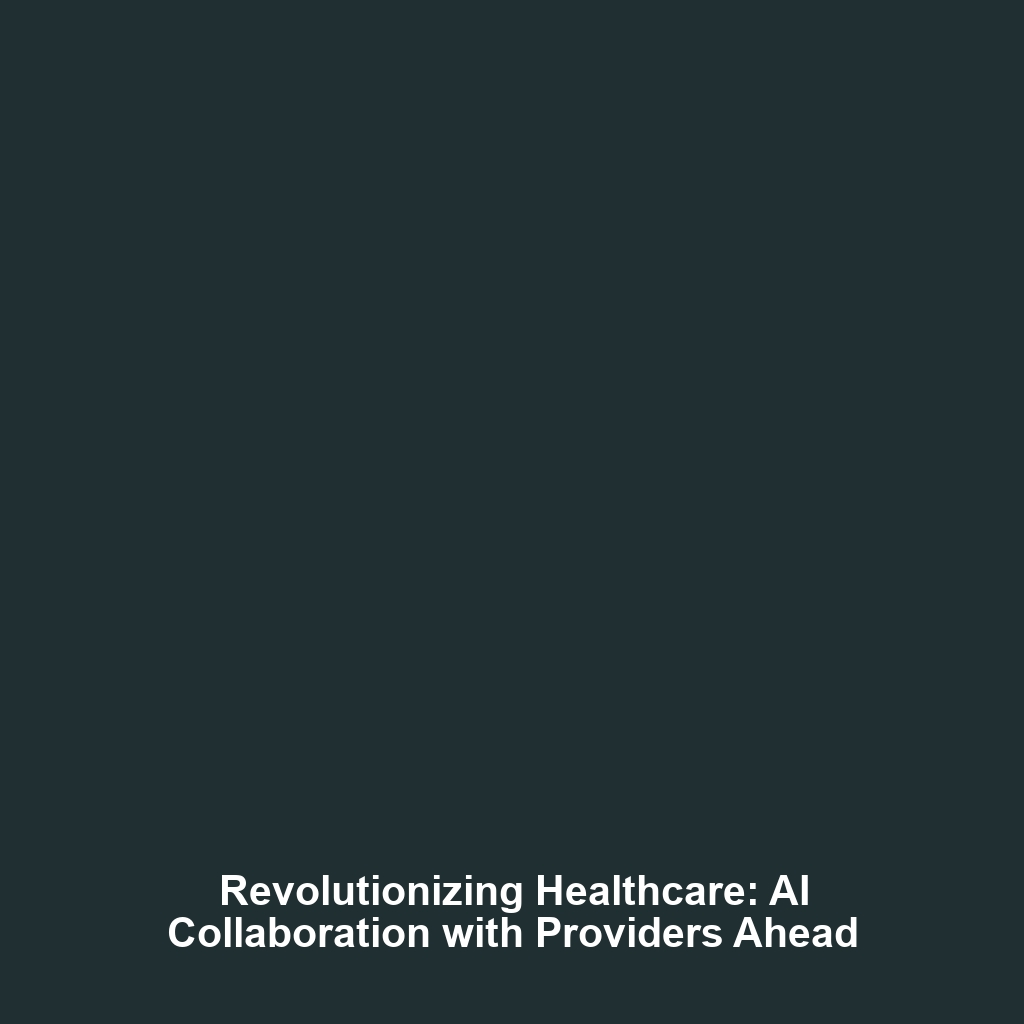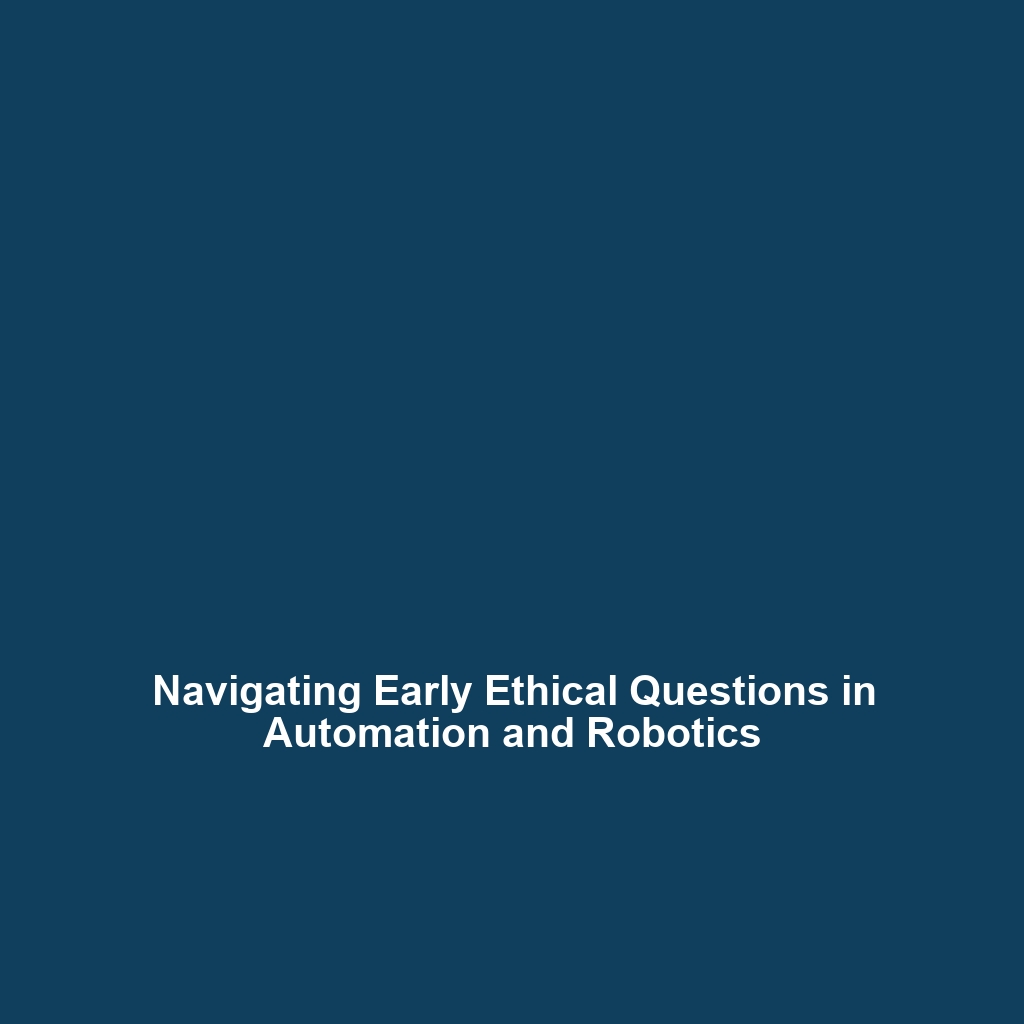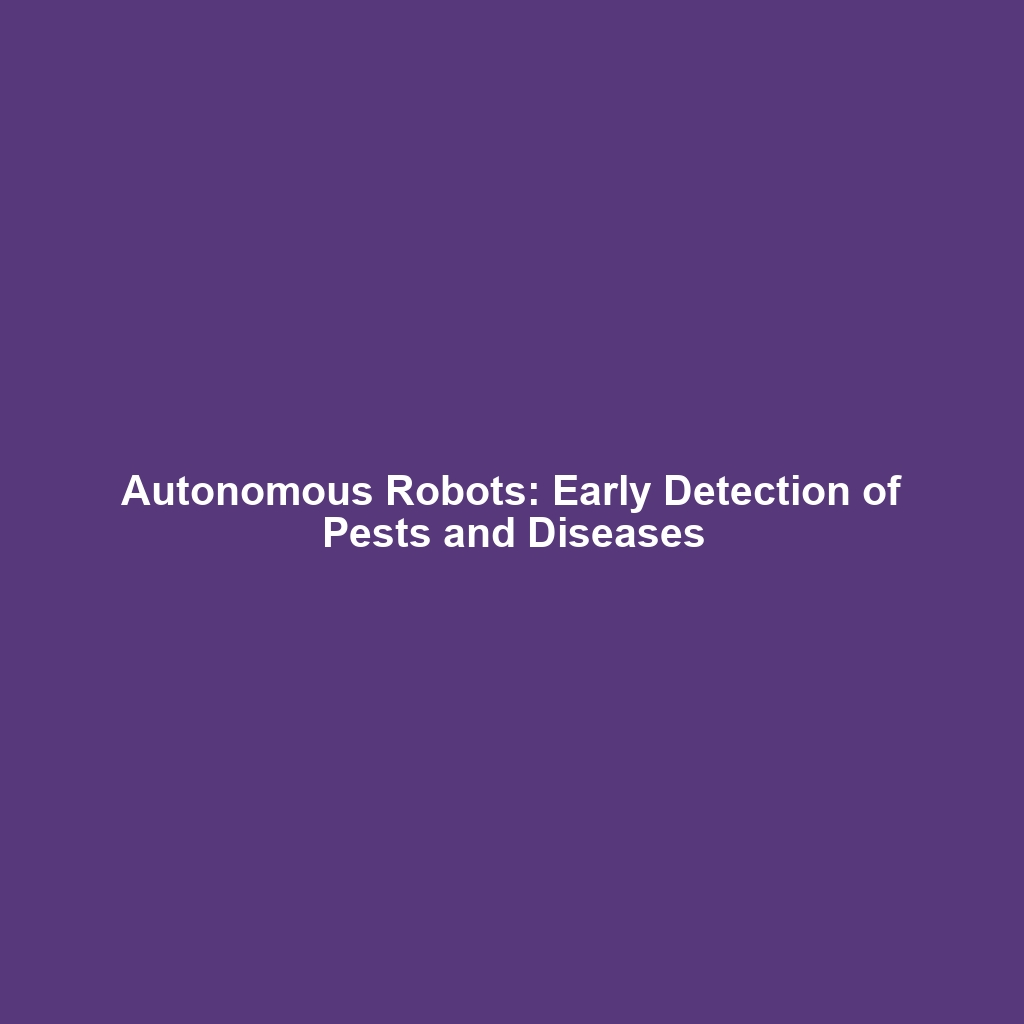Robotic Milking Systems in Dairy Farms: Increased Efficiency and Reduced Labor
Introduction
Robotic milking systems (RMS) represent a transformative leap in dairy farming, enhancing operational efficiency and minimizing labor demands. As integral components of the autonomous robots landscape, these systems automate the milking process, allowing farmers to focus on overall herd management while improving milk production rates. In this article, we will delve into the significance of robotic milking systems within the broader context of agricultural technology, examining how they foster increased efficiency and reduced labor on dairy farms.
Key Concepts
The principal concepts of robotic milking systems encompass the integration of automated machinery with dairy farming practices. These systems utilize several key technologies:
- Automated Milking: Robots precisely attach milking equipment to cows, ensuring efficient milking cycles.
- Cow Identification: Advanced sensors identify individual cows to monitor health and milk production.
- Data Analytics: Automated systems collect data that assists farmers in making informed decisions regarding herd management.
These principles ensure that robotic milking systems significantly enhance productivity within the category of autonomous robots, ultimately contributing to more sustainable agricultural practices.
Applications and Real-World Uses
Robotic milking systems have seen widespread adoption in modern dairy operations. Some notable applications include:
- Increased Milking Frequency: RMS allows cows to be milked multiple times a day, doubling yield without extra labor.
- Health Monitoring: Integrated sensors gather real-time data on cow health, reducing veterinary costs and improving herd well-being.
- Labor Optimization: Farms can operate with fewer laborers, alleviating staffing pressures and associated costs.
In essence, robotic milking systems highlight how automation in agricultural practices can lead to significant advancements in efficiency and labor usage.
Current Challenges
Despite their advantages, the integration of robotic milking systems faces several challenges, including:
- High Initial Costs: The investment in infrastructure and technology can be substantial, posing barriers for smaller farms.
- Technical Issues: System malfunctions or mechanical failures can disrupt operations significantly.
- Training Requirements: Farmers and staff must be adequately trained to manage and maintain advanced technology.
These challenges underscore the complexities involved in the adoption of robotic milking systems, revealing the pressing need for research and development in the field of autonomous robots.
Future Research and Innovations
Future innovations in robotic milking systems are poised to revolutionize the dairy industry dramatically. Key areas of focus include:
- Improved AI Algorithms: Next-gen systems are expected to utilize advanced artificial intelligence for enhanced decision-making based on cow behavior.
- Integration with IoT: Smart technology integration can facilitate remote monitoring and real-time data analysis.
- Sustainable Practices: Ongoing research aims to align robotic milking with sustainable farming practices to minimize environmental impact.
The advancements in this field highlight an exciting future for autonomous robots in agriculture, with potential breakthroughs on the horizon.
Conclusion
Robotic milking systems exemplify the successful marriage of technology and agriculture, enabling dairy farms to achieve increased efficiency and reduced labor. As autonomous robots continue to evolve, the dairy industry stands to benefit immensely from innovative solutions that address both productivity and sustainability. For more insights into technological advancements in agriculture, consider exploring articles on smart farming or agricultural robotics.
